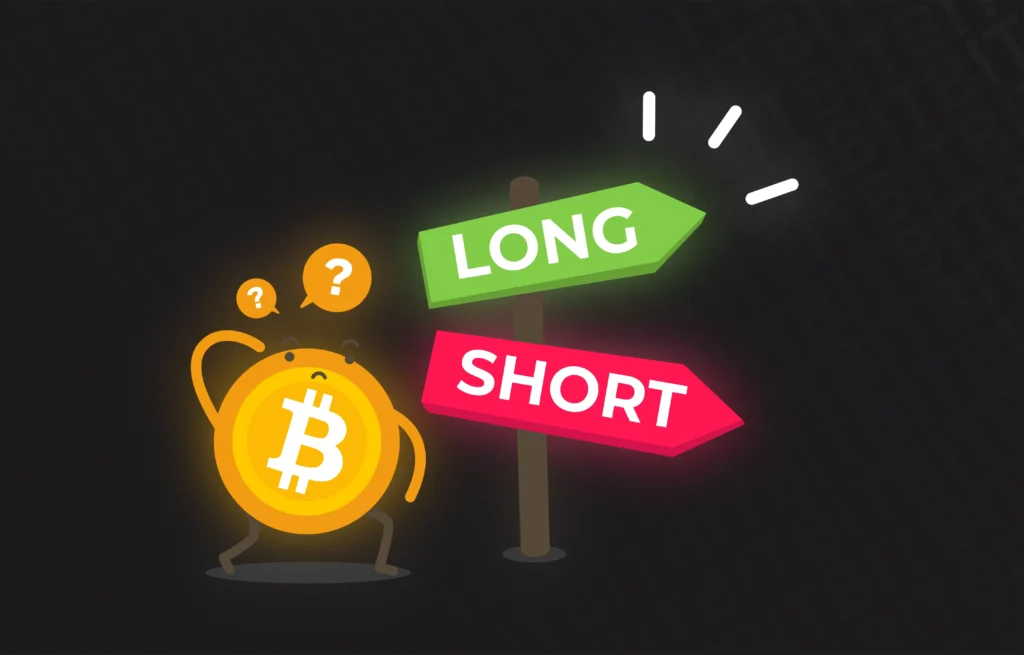Long vs Short Trading: A Beginner’s Guide to Getting Started
March 30, 2025

Long vs Short: The Basics Every Beginner Should Know
If you’re just getting started in the world of trading, you’ve probably come across the terms long vs short. These are two key strategies, but you may not know exactly what they mean—or why they matter. Let’s break them down in a simple, easy-to-understand way.
Going long means buying an asset (like stocks or crypto) with the expectation that its price will rise over time. You’re essentially betting that the value of the asset will increase, allowing you to sell it for a profit later. On the other hand, going short means you’re betting the price will fall, and you can profit from that drop. It’s a bit more complex, but understanding both is essential for any trader.

Going Long: The Most Common Trading Strategy
Going long is the go-to strategy for most investors, especially beginners. It’s simple and easy to understand: you buy an asset today, hold it while its value increases, and then sell it when the price is higher. For example, if you believe a stock’s price will rise over time, you purchase it now, hold onto it, and sell when the price increases, making a profit.
Most long-term investors use this strategy in stable or bullish markets. Why? Because, historically, markets tend to rise over time, making long positions less risky and a great way to build wealth steadily.

Going Short: What Happens When You Bet Against the Market
Shorting is a different animal. Instead of buying an asset, you sell it without owning it—hoping that the price will fall so you can buy it back cheaper. Here’s how it works: you borrow the asset from a broker, sell it at the current price, and then wait for the price to drop. If it does, you buy it back at a lower price, return it to the broker, and keep the difference as profit.
Shorting can be risky. While your potential gains are capped (the asset’s price can only fall to zero), your losses are theoretically unlimited. This is why shorting is generally used by more experienced traders and is not as common among beginners.

Long vs Short: Two Sides of the Same Coin
So, when it comes to long vs short, it’s not a matter of one being better than the other—it’s about what the market is doing and what your strategy is. Long positions are for optimism—you believe the asset will grow. Short positions are for skepticism—you’re betting the price will decline.
Some traders use a mix of both strategies to hedge their risks. For example, a hedge fund may go long on a strong company and short a weaker competitor. This combination allows them to profit no matter which way the market moves. However, for beginners, starting with long positions is often easier and less risky.

Should You Go Long or Short? It Depends on Your Strategy
The decision to go long or short really depends on several factors: market conditions, the asset you’re dealing with, and your personal risk tolerance. For the average trader, going long is usually safer. It’s simpler, requires less capital, and is great for wealth-building over time.
Shorting, however, is a more aggressive strategy that’s typically used in downturns or when you believe an asset is overvalued. While it can offer quick profits, it also comes with greater risk and complexity—which makes it less suited for beginners.

The Bottom Line: Know When to Use Long vs Short
At the end of the day, understanding long vs short is about knowing the tools available to you as a trader. Whether you’re going long or short, it’s not about being right all the time—it’s about knowing when to use the right strategy for the market.
By understanding both of these concepts, you can better navigate the trading world, whether you’re holding for the long haul or taking a short-term position to profit from a decline.

Final Thoughts
Long vs short aren’t just trading terms—they’re fundamental strategies that shape how markets operate. Knowing the basics of both will help you make informed decisions, whether you’re investing for the long-term or looking to profit in the short term.
Remember, it’s not about trying to be right every time—it’s about understanding when and how to use each strategy effectively.
Relevant news: here

